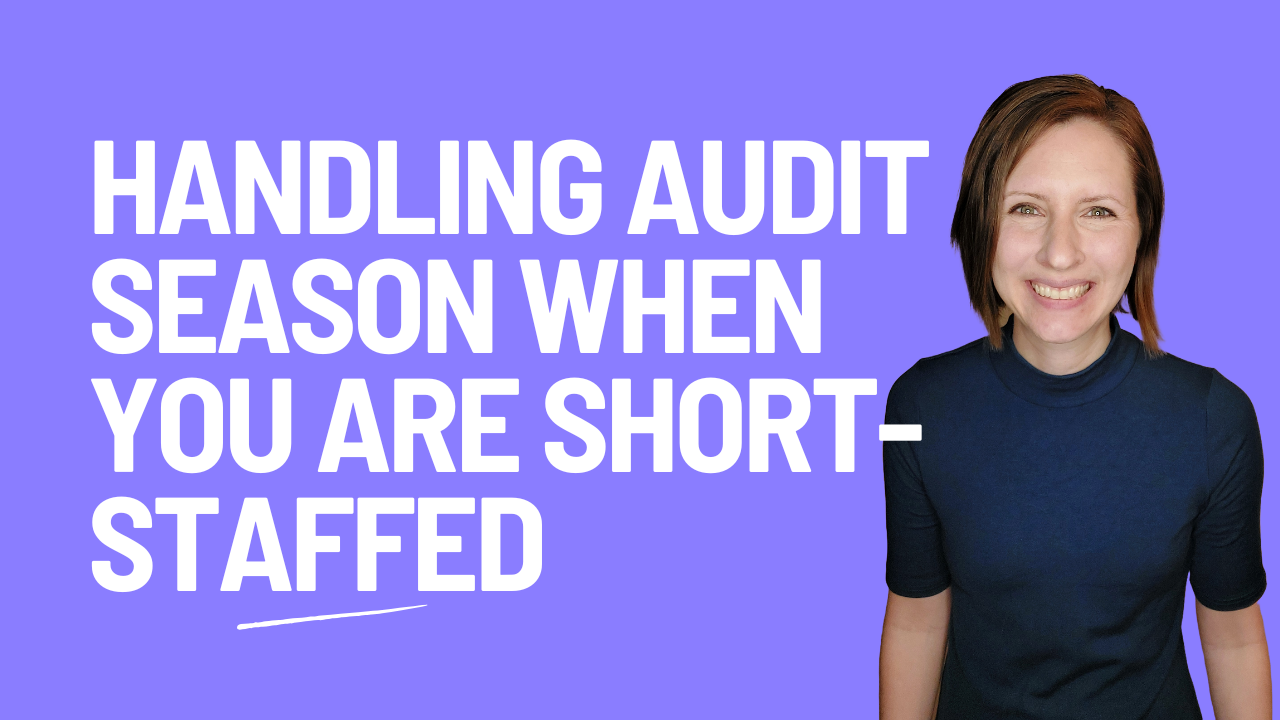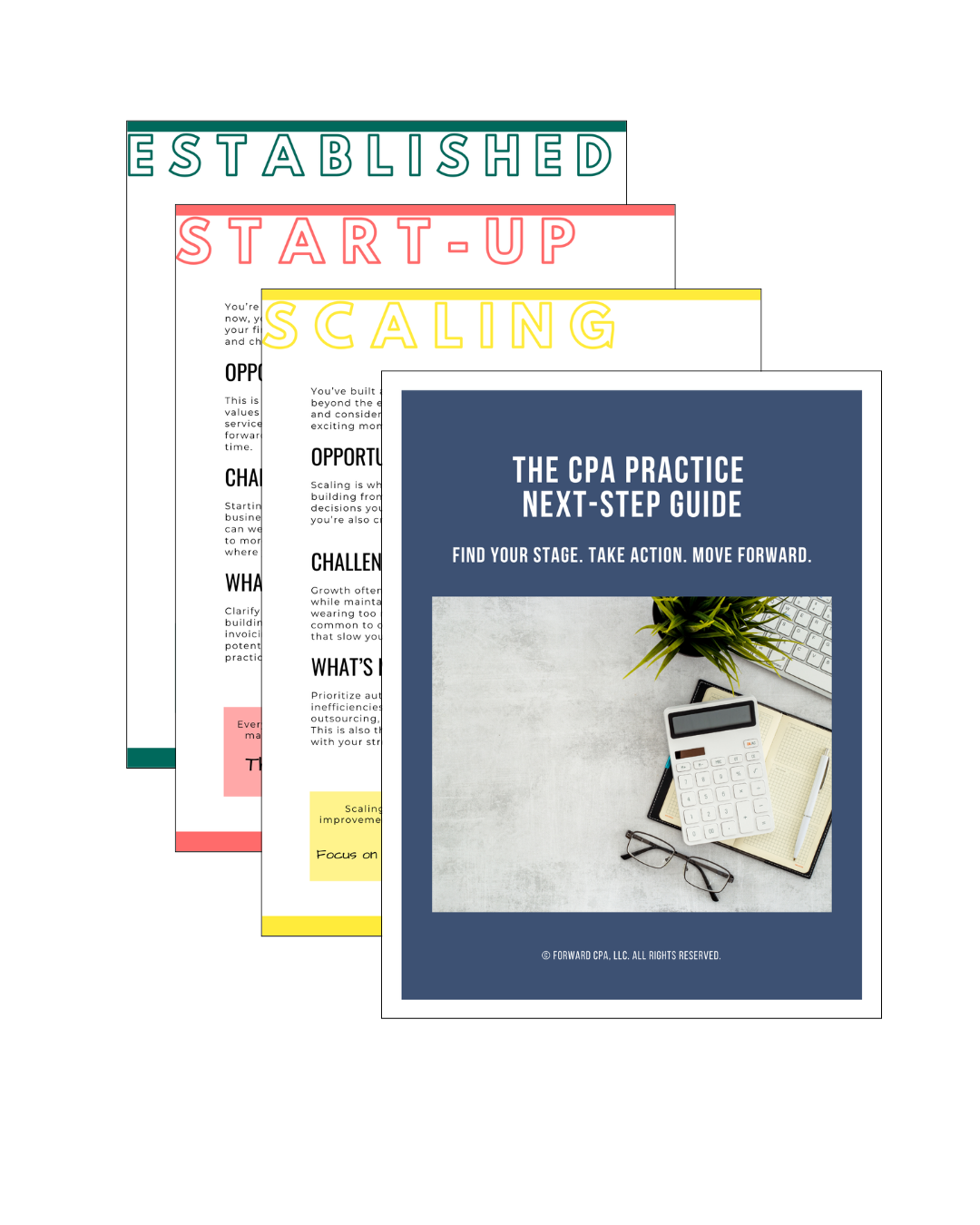Should You Offer Monthly Subscription Services? Pros and Cons for CPA Firms
Jun 15, 2025
The traditional CPA firm model often revolves around hourly billing or project-based fees, but more firms are shifting to monthly subscription services to create predictable revenue and stronger client relationships.
But is a subscription model right for your firm? While it offers steady cash flow and long-term client engagement, it also comes with pricing challenges, scope creep, and the need for strong client communication.
Keep reading and we’ll break down the pros and cons of offering monthly subscription services for CPA firms—so you can decide if this model aligns with your firm’s growth strategy.
What Are Monthly Subscription Services for CPAs?
Instead of one-time billing for audits, tax returns, or consulting, a monthly subscription model offers ongoing services for a fixed monthly fee.
Example Subscription Services for CPAs:
✔ Monthly Bookkeeping & Financial Reports – Clients pay a fixed fee for reconciliations, financial statements, and advisory insights.
✔ Fractional CFO Services – A monthly fee covers cash flow forecasting, budgeting, and strategic financial planning.
✔ Tax Planning & Compliance Packages – Instead of charging per tax return, you offer year-round tax strategy, quarterly reviews, and filing as part of a package.
✔ Advisory & Business Growth Services – A subscription package includes monthly strategy sessions, KPI tracking, and financial coaching.
This model shifts your revenue from seasonal spikes to steady, recurring income, making cash flow more predictable while strengthening long-term client relationships.
✅ Pros of Offering Monthly Subscription Services
1. Predictable, Recurring Revenue
One of the biggest challenges for CPA firms is the feast-or-famine cycle, where revenue fluctuates based on busy seasons. A monthly subscription model smooths cash flow by ensuring consistent income every month.
✔ Easier financial planning for your firm
✔ Less reliance on seasonal work
✔ Improved stability during slow periods
2. Stronger Client Relationships & Retention
Subscription models shift the client relationship from a one-time transaction to an ongoing partnership. Instead of only hearing from clients during tax season, you stay proactively involved in their business.
✔ Builds long-term loyalty and trust
✔ Encourages ongoing financial advisory conversations
✔ Reduces the risk of clients switching firms each year
3. Increased Firm Efficiency & Scalability
When clients pay a flat monthly rate, your firm can focus on streamlining processes and leveraging automation to scale efficiently.
✔ Standardized services reduce administrative work
✔ Recurring revenue allows for better hiring decisions
✔ More control over workload instead of unpredictable project spikes
4. Higher Lifetime Client Value
Instead of charging once per year for tax prep ($2,500), a subscription model at $500/month for ongoing tax strategy results in $6,000 per year per client—more than double the revenue with a stronger relationship.
✔ More revenue without constantly finding new clients
✔ Clients see year-round value instead of seasonal transactions
❌ Cons of Offering Monthly Subscription Services
1. Pricing Challenges & Client Perception
Clients are accustomed to paying for one-off services (e.g., tax returns, audits). Switching to a subscription model requires educating clients on the value of ongoing services.
🔹 Solution: Offer tiered pricing packages so clients can choose the right level of service.
2. Scope Creep & Undefined Service Boundaries
Subscription pricing can lead to clients expecting unlimited access to your time and expertise—unless expectations are clearly set upfront.
🔹 Solution: Define a clear scope of services in your engagement letter, and outline additional fees for out-of-scope work.
3. Requires Efficient Systems & Automation
Unlike project-based billing, a subscription model means you must deliver ongoing services efficiently. Without the right workflows, you risk overpromising and underdelivering.
🔹 Solution: Use tools like Karbon, Asana, or Jetpack Workflow to automate recurring tasks and track subscription deliverables.
4. Transitioning Can Be Difficult for Existing Clients
If you’re moving from hourly billing or project-based pricing to a subscription model, some clients may push back—especially those who are used to only paying for work during tax season.
🔹 Solution: Start with new clients first, then phase in existing clients gradually by explaining the benefits of year-round service.
How to Set Up a Subscription Model for Your CPA Firm
✅ 1. Define Your Subscription Tiers
Offer tiered pricing models so clients can choose the level of service that fits their needs.
|
Tier |
Monthly Price |
Services Included |
|
Basic |
$750/month |
Monthly bookkeeping, reconciliations, reports |
|
Growth |
$1,500/month |
Tax planning, financial strategy, KPI tracking |
|
Premium |
$3,000/month |
CFO services, cash flow forecasting, growth strategy |
✅ 2. Automate Invoicing & Payments
Use software like Ignition, QuickBooks Online, or Xero to automate invoices, collect payments, and avoid chasing clients for fees.
✅ 3. Educate Clients on the Value of Ongoing Services
Many clients don’t understand why they should pay monthly instead of per-project.
Demonstrate the value by:
✔ Positioning the subscription as a proactive partnership
✔ Showing ROI (e.g., “We saved our subscription clients an average of $10,000 in tax planning last year”)
✔ Explaining how this prevents last-minute tax surprises and improves financial strategy
✅ 4. Set Clear Boundaries in Engagement Letters
Prevent scope creep by defining exactly what’s included in the subscription and specifying additional charges for extra work.
Example Clause:
“This package includes monthly reconciliations, tax planning, and quarterly reviews. Additional services, such as IRS audits or business acquisitions, will be billed separately.”
✅ 5. Test with a Pilot Program Before Fully Switching
If you’re unsure whether a subscription model will work for your firm, pilot the idea with a small group of clients before rolling it out to everyone.
✔ Offer a limited-time discounted subscription package to a few clients
✔ Track feedback, engagement, and profitability
✔ Adjust pricing and scope based on results
Should Your CPA Firm Offer Monthly Subscription Services?
A monthly subscription model can provide predictable revenue, deeper client relationships, and business stability—but it requires the right pricing, clear service boundaries, and efficient delivery.
When a Subscription Model Makes Sense:
✔ You want recurring revenue instead of seasonal spikes.
✔ You focus on advisory services, tax planning, or CFO services.
✔ You have efficient workflows and automation to handle ongoing work.
✔ You’re ready to educate clients on the value of proactive financial management.
When a Subscription Model Might Not Be the Best Fit:
❌ Your firm primarily handles one-off compliance work with no advisory services.
❌ You don’t have the team or automation tools to support ongoing client needs.
❌ You prefer project-based engagements for flexibility.
By carefully structuring your pricing, services, and client education, a monthly subscription model can help your firm scale without increasing your workload.
✅ Would a subscription model work for your firm? What service would you start with?
Your Next Step Forward
Join the newsletter designed to help CPAs take the next best step in building a practice they love, with practical insights, game-changing tools, and quick wins in every email.
We hate SPAM. We will never sell your information, for any reason.




